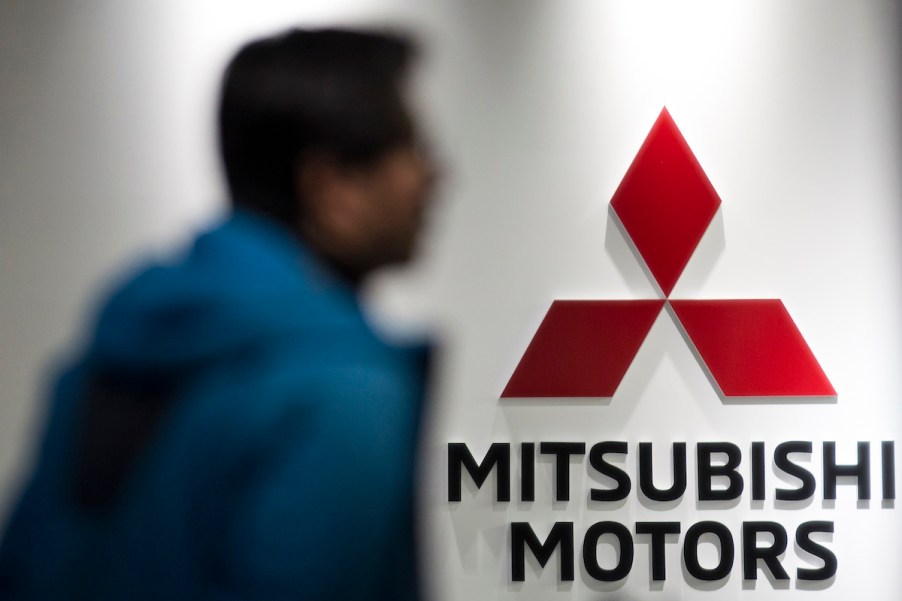
What Does the Mitsubishi Name Mean and Where Does It Come From?
Mitsubishi is a well-known Japanese brand that has been producing cars and SUVs for several years now. There is a lot of history behind the company, going all the way back to the 1800s. In fact, the Mitsubishi name has roots going back to Feudal Japan.

Mitsubishi has a fascinating history
Like many automakers, Mitsubishi didn’t start by making cars. Instead, it began as a shipping firm in 1870, according to Mitsubishi Electric. The founder, Iwasaki Yataro, was a part of the Tosa clan, and worked hard to distinguish himself.
His first company was named Tsukumo Shokai. In 1872, the name was changed to Mitsukawa Shokai. It was changed once again to Mitsubishi Shokai in 1874. The name would change once again in 1875 to Mitsubishi Mail Steamship.
Mitsubishi Mail Steamship saw several years of prosperity, until competition with another company almost bankrupted it. Mitsubishi Mail Steamship was branching out, however, by buying mines to build steamships.
After becoming merely Mitsubishi Mail, the Japanese company would spread out to even more fields such as paper mills, breweries, machinery, electrical equipment, automobiles, aircraft, tanks, buses, and chemicals.
Mitsubishi is no longer one organization, but many of the companies bearing the name can trace their roots all the way back to Tsukumo Shokai.
What does the Mitsubishi name mean?
The name was chosen by the founder Yataro, and it was far from random. He put a lot of thought not only into the name, but also the emblem that we now recognize as Mitsubishi.
Yataro wanted to honor both his clan, and his own family. Because of this, he chose a three-diamond mark to represent the three-leaf crest of the Tosa Clan. He also represented his family with a three-stacked rhombus, which is the Iwasaki family crest.
According to Mitsubishi Electric, “The name “Mitsubishi” refers to the three-diamond emblem. “Mitsubishi” is a combination of the words mitsu and hishi. Mitsu means three. Hishi means water chestnut, and Japanese have used the word for a long time to denote a rhombus or diamond shape. Japanese often bend the “h” sound to a “b” sound when it occurs in the middle of a word. So they pronounce the combination of mitsu and hishi as mitsubishi.”
Future generations choose to stick with this emblem, instead of going for something more modern, thus honoring the Mitsubishi history which can trace its roots back 152 years.
The Model A was the first car made by the company
The first Mitsubishi vehicle was the Model A. The Japanese company began work on the first model in 1917, according to Mitsubishi Cars, and was later completed in 1918. By 1921, there were 22 vehicles produced.
The reason why production moved so slowly was the fact that each Model A was built by hand. In fact, they were carefully designed using a chisel and hammer. This is because there weren’t a ton of automotive tools in Japan during the ’20s.
Unlike today, when automakers use highly developed blueprints and designs before ever beginning the actual art of manufacturing a vehicle, Mitsubishi had no design drawings to go by. Instead, engineers designing the Model A used lacquered wood and British woolen cloth in the interior.
The Japan Automotive Hall of Fame (JAHFA) has selected the Model A as a historic car. The company may have had a huge impact on the history of Japan, but it’s not done yet. There are still more Mitsubishi cars being produced, such as the Mirage.
There are high hopes that the company will begin to sell trucks like the Raider in America, however. Only time will tell if we get to see this in the US.


